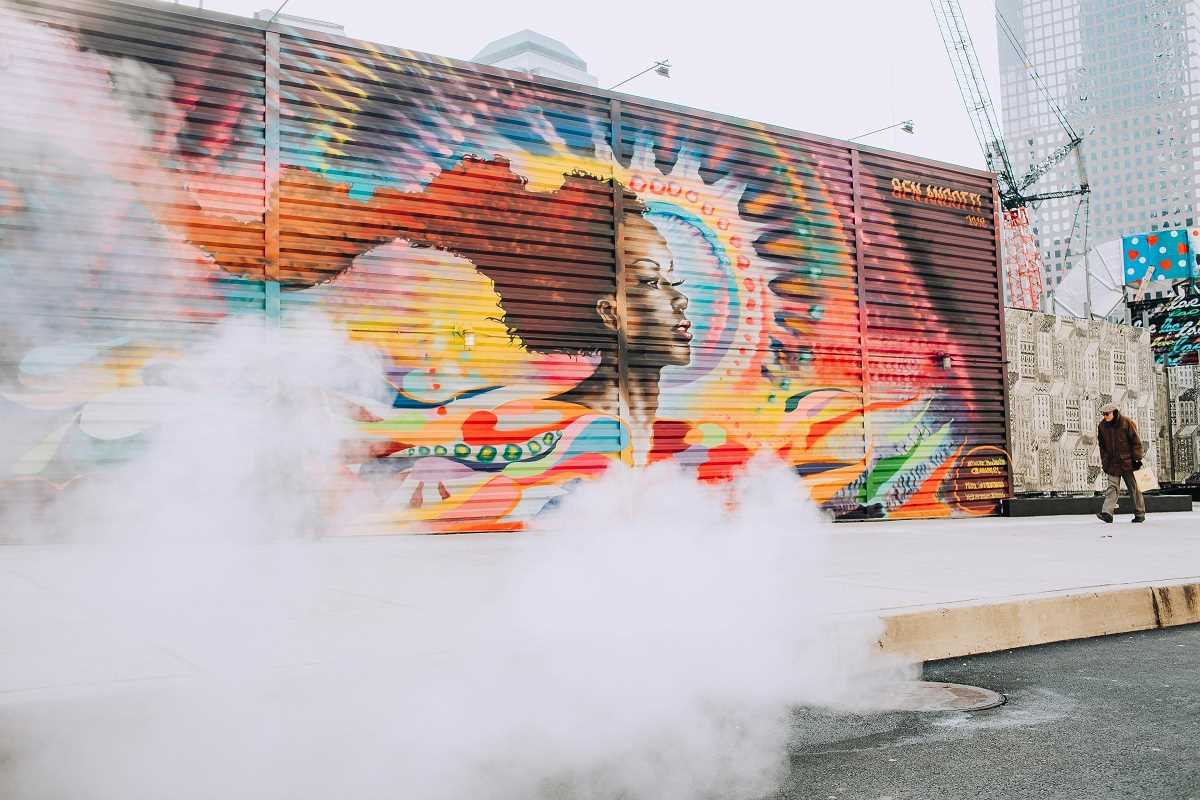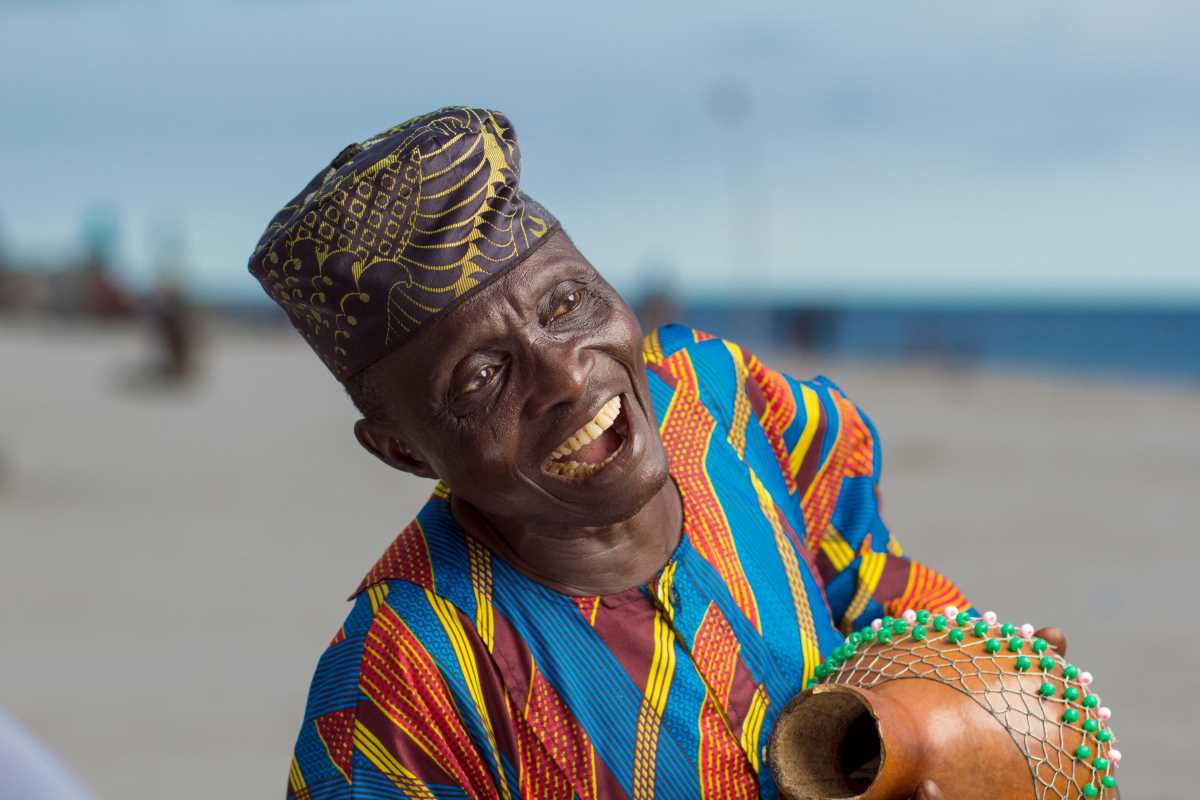The vibrant streets of Eastern Europe have transformed into canvases for an explosion of street art, reflecting a blend of historical influences, contemporary issues, and creative expression. This artistic surge serves not just as a form of aesthetic enhancement but as a profound means of communication and identity formation across diverse urban landscapes. The increase in graffiti, murals, and installations signals a dynamic shift in how art interacts with public spaces and their communities.
Several factors drive the burgeoning street art scene in this region. Economic transitions, political changes, and a growing youth population eager to express themselves have all played pivotal roles. The accessibility of urban spaces and the support from local governments in some areas have provided artists with platforms to showcase their talents. The fusion of traditional motifs with modern techniques creates a unique style that sets Eastern European street art apart on the global stage.
Historical Context
The roots of street art in Eastern Europe trace back to the political upheavals and social transformations of the late 20th century. During the Soviet era, public spaces faced heavy regulations, and artistic expression often experienced stifling. Murals and graffiti began to emerge as subtle forms of resistance and commentary on the prevailing social conditions. Artists used walls to disseminate messages that authorities otherwise censored, turning urban environments into silent protest grounds.
With the fall of communism, newfound freedom allowed street artists to experiment and innovate. The early 2000s saw a significant rise in the number of artists who began to explore street art as a legitimate form of artistic expression. This period marked a transition from purely rebellious graffiti to more sophisticated and diverse forms of street art, incorporating elements like stencil art, paste-ups, and large-scale murals. Integrating street art into urban redevelopment projects further fueled its growth, transforming cityscapes into open-air galleries.
Influential Artists and Works
- Viktor Vasnetsov – Known for his intricate murals that blend traditional Eastern European folklore with contemporary themes.
- Anna Petrova – A pioneer in stencil art, her works often address social issues and uplift marginalized communities.
- Mikhail Dubrovsky – Renowned for his large-scale murals that depict the region's historical narratives and cultural heritage.
- Elena Kozlova – Combines abstract concepts with vivid colors, creating visually striking pieces that capture the viewers' attention.
- Dmitri Sokolov – His graffiti art celebrates bold statements and innovative use of space in urban environments.
Cultural and Social Drivers
The rise of street art in Eastern Europe intertwines deeply with the region's cultural and social dynamics. As societies grapple with their identities in the post-Soviet era, artists shape and reflect cultural narratives. The blending of historical motifs with modern artistic practices creates a dialogue between the past and the present, allowing communities to explore and redefine their cultural identities.
Social issues such as political corruption, economic disparity, and human rights frequently surface in street art, making it a powerful tool for activism and social change. Organizations and movements, often referred to as craftivists shaping societal discourse, use street art to raise awareness and inspire action. This intersection of art and activism builds a sense of community and engagement among residents, further driving the popularity and significance of street art in the region.
Comparison with Other Regions
When comparing street art scenes in Western Europe or North America, Eastern European street art exhibits distinct characteristics shaped by its unique historical and cultural context. While Western street art often emphasizes individualism and commercial appeal, Eastern European works focus more on communal narratives and social commentary. The influence of socialist realism and collective memory in the region results in reflective and narrative-driven art.
Eastern European artists use materials and techniques that often reflect resource availability and local traditions. This results in a variety of styles that incorporate traditional craftsmanship with contemporary urban art methods. The collaborative spirit among artists in Eastern Europe also contrasts with the more competitive nature observed in other regions, creating a supportive environment that encourages experimentation and growth.
Future Prospects
- Digital Integration: The incorporation of digital technologies such as augmented reality (AR) and interactive installations will likely enhance the immersive experience of street art.
- Global Collaborations: Increased collaboration between Eastern European artists and international counterparts could lead to a fusion of styles and broader global recognition.
- Urban Regeneration: Continued partnership between artists and city planners can transform neglected areas into vibrant cultural hubs through thoughtful street art projects.
- Sustainability: Emphasis on environmentally friendly materials and techniques will become more prominent, aligning street art with global sustainability efforts.
- Educational Programs: Expansion of educational initiatives and workshops will nurture the next generation of street artists, ensuring the longevity and evolution of the movement.
The street art movement in Eastern Europe stands poised for continued growth and transformation. As artists increasingly experiment with new mediums and technologies, the boundaries of traditional street art will expand, offering fresh and innovative ways to engage the public. The integration of digital elements and interactive features can create more dynamic and participatory art experiences, attracting a broader audience and enhancing community involvement.
Global collaborations will also play a significant role in shaping the future of Eastern European street art. By partnering with international artists and participating in global art festivals, Eastern European artists can exchange ideas, techniques, and perspectives, creating a more diverse and interconnected art scene. These collaborations will elevate the visibility of Eastern European street art on the world stage and inspire local artists to push the boundaries of their creative expression.
Urban regeneration projects will continue to use street art to revitalize public spaces. Cities can enhance their aesthetic appeal and promote cultural tourism by transforming abandoned buildings, derelict walls, and underutilized districts into vibrant art spaces. Such initiatives beautify the urban landscape and allow artists to showcase their work, creating a symbiotic relationship between art and urban development.
There is a growing emphasis on sustainability within the street art community. Artists increasingly adopt environmentally friendly materials and practices, aligning their work with broader sustainability goals. This shift reduces the environmental impact of street art and resonates with a socially conscious audience, further solidifying the movement's relevance in contemporary society.
Educational programs and workshops will assist in nurturing emerging talent. By providing aspiring artists with access to training, resources, and mentorship, these programs can ensure the continued evolution and innovation of the street art movement in Eastern Europe. Building a supportive community through art collectives and networks will encourage collaboration and the sharing of ideas, further strengthening the foundation of the street art scene.
 (Image via
(Image via




.jpg)
